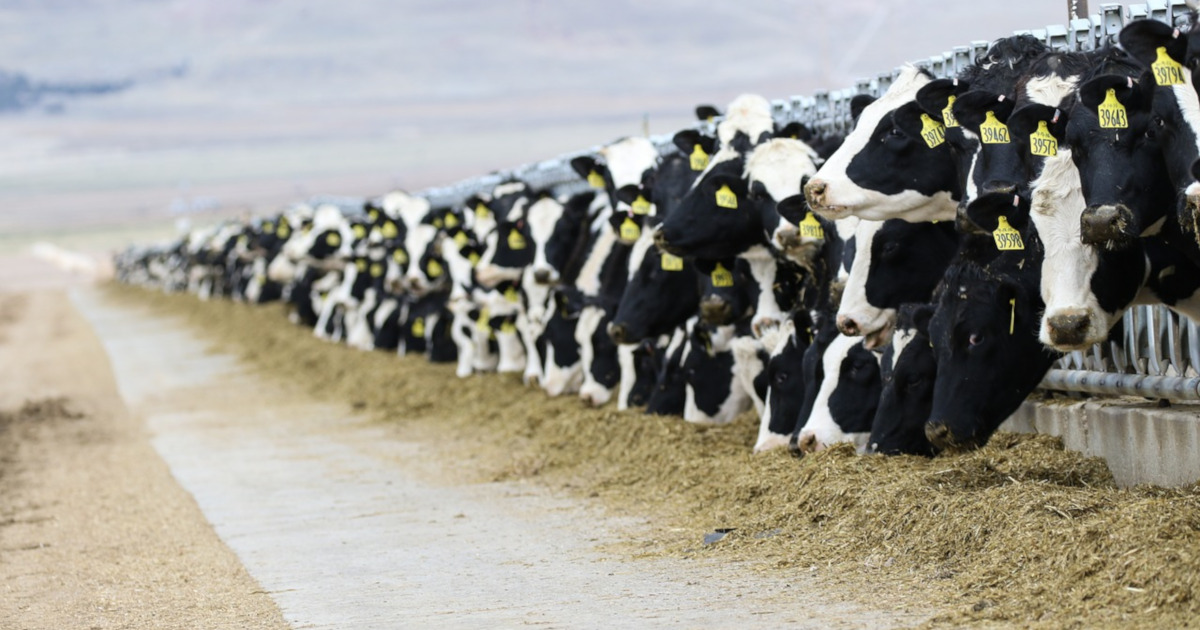
Large Cafos Are Known Polluters. Here’s Why EPA Permits Only Cover One-Third.
The Environmental Protection Agency is charged with protecting important waterways from pollution, but manure from concentrated animal feeding operations, or CAFOs, continues to harm waterways — and only one-third of the largest facilities have a federal permit. States are largely responsible for issuing these permits, but that has resulted in patchy oversight, despite CAFOs being known environmental dangers.
April 1, 2023 | Source: Midwest Center for Investigative Reporting | by Madison McVan
The Environmental Protection Agency is charged with protecting important waterways from pollution, but manure from concentrated animal feeding operations, or CAFOs, continues to harm waterways — and only one-third of the largest facilities have a federal permit.
EPA permits require CAFO operators to tell the agency how much waste the animals will produce and how the manure will be disposed of.
States are largely responsible for issuing these permits, but that has resulted in patchy oversight, despite CAFOs being known environmental dangers.
In some states with hundreds of large CAFOs, including Indiana, Idaho and Arkansas, zero facilities have a federal permit.
Large CAFOs are defined by the EPA as housing the equivalent of 700 dairy cattle, 2,500 swine or up to 125,000 chickens.
A single CAFO can produce millions of gallons of manure per year. When the waste enters waterways, the nitrogen and phosphorus present in the manure can make water dangerous to drink and produce harmful algae blooms.
